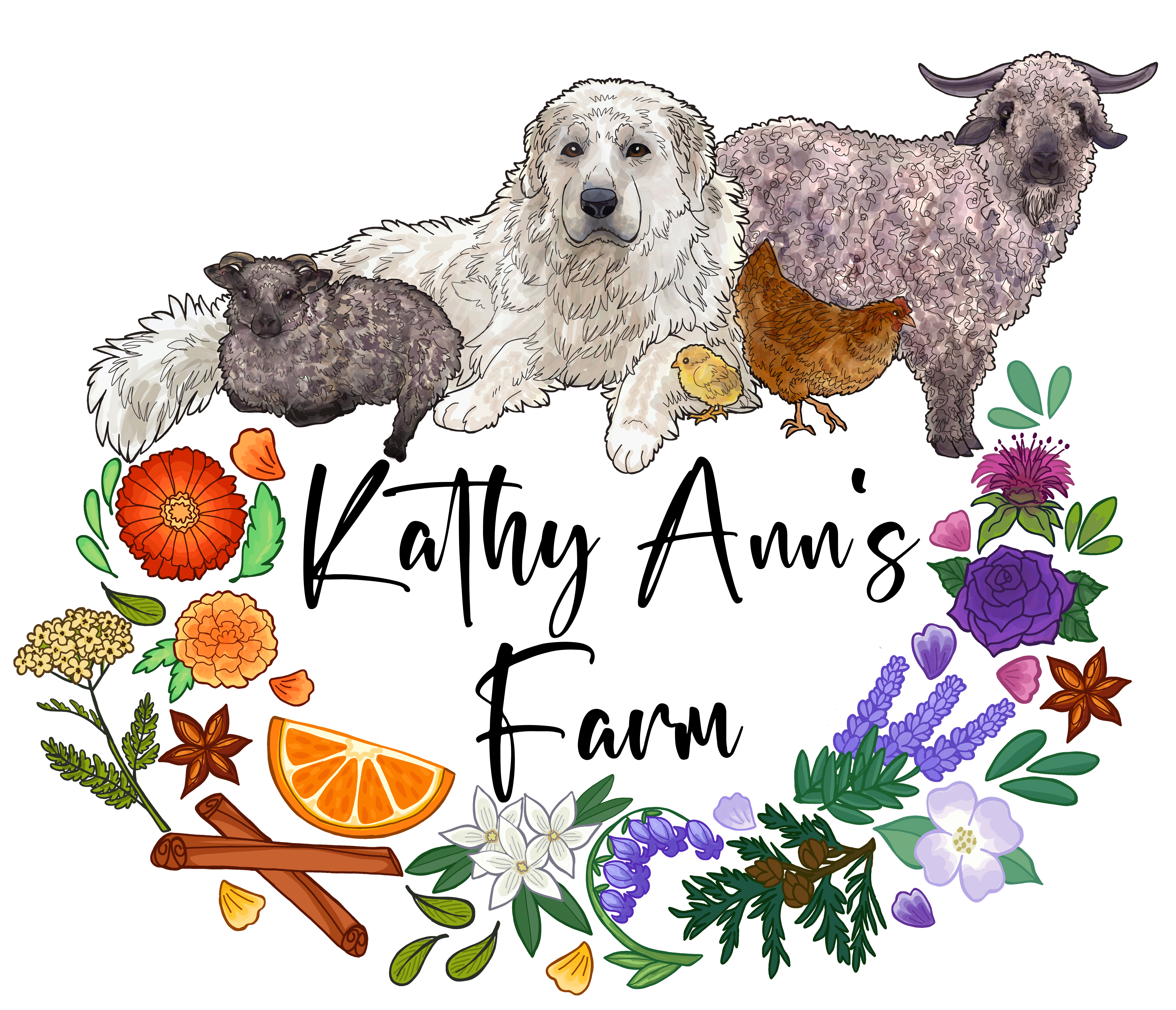The next few months mark the beginning of lambing and kidding season. This is an equally exciting and busy time for us farmers. We all love baby animals, and this is one of our favorite times of year. It can also be stressful, particularly if you end up losing a baby or its mother. The last thing you want to worry about is your LGD.
This time of year can be incredibly stressful for your LGD, whether they’re young or old. Dogs are not rational, logical beings like humans, and they don’t understand what is happening when your goat or sheep is giving birth. What they see is one of their charges is in distress, and out comes this messy, smelly, crying thing. This is obviously upsetting for many LGDs, which is why we highly recommend either moving your LGD to a pasture with the non-pregnant animals or securing them (in a pen/stall or something similar) so they cannot interfere with the birthing process.
LGDs have been seen attacking lambs and kids after they are born. In their minds, all they see is a new animal that caused obvious pain and distress to its mom. In other instances, they think of the newborn kid/lamb as food. A common problem is the dog will lick the newborn to clean it. This might seem cute, like the dog is taking care of the newborn, but in reality this can cause a lot of problems.
Mama goat/sheep is very likely to reject her newborn if it smells like dog from your LGD licking it. Now you have a a mom that thinks her baby didn’t make it and a newborn you are going to have to bottle-feed. It’s a lot of hassle and extra work that most of us farmers don’t need or want. Another problem that can occur is the dog licks the newborn too aggressively and can hurt it. Dogs have chewed off the ears of newborns, or licked their umbilical cords so much they’ve ripped them off.
Even mature LGDs struggle during lambing and kidding season. We move our LGDs into a pasture with males or non-pregnant animals, or we keep them secured where they can watch the birth but not interfere or get involved. New LGDs sometimes need help adjusting to lambs and kids and they aren’t always trustworthy with newborns. If you’re not sure how your dog will act or react, it’s best to err on the side of caution to keep everyone safe.

If you have a trustworthy older LGD you should still be cautious during the birthing process. Once the lambs and kids have been born if your LGD is trustworthy it is a good idea to introduce the newborns to your LGD. Mamas are likely to be protective and may butt their heads at your LGD, but it’s good for the dog(s) to know the newborns belong. Newborns are very vulnerable, and they are more likely to be targeted by local predators. Coyotes are the biggest threat where we are, but eagles have been documented stealing newborn lambs and flying off with them. And don’t forget local stray or neighbor dogs can be a threat too!
In summary, remember to keep everyone safe by keeping your LGD separate from new moms during birth. Only let trustworthy LGDs around newborns after birth, and monitor any behavioral issues carefully. When in doubt, err on the side of caution. All of this applies to any livestock newborns, including calves (baby cows) and crias (baby alpacas/llamas). I will do a different post about chickens and baby chicks, because poultry can be very difficult. Be safe and have fun!
-Kathy Ann’s Farm
